Photographs, notes and scripts from Sofia Coppola’s book, Archive
Sofia Coppola has kept an exhaustive record of every film she has made, and for the first time has collected the highlights into a limited-edition book.

What’s the whole point of doing a movie unless it’s something only you can make?” This is one of the declarations – plain, yet understated – that Sofia Coppola makes in Archive, her first book.

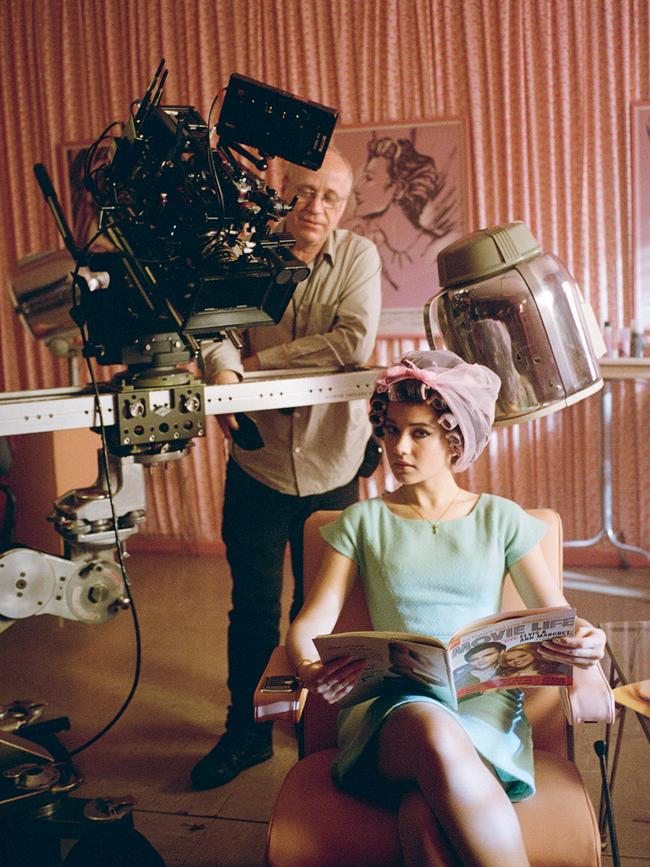
If you have ever seen any of the auteur’s eight films (soon to be nine, with the release of her biopic Priscilla, as in Presley) you will know exactly what she is talking about. Coppola makes movies that only she could make. From The Virgin Suicides and Lost in Translation through to Marie Antoinette and The Bling Ring, she tells stories about the intersection of girlhood and womanhood, about fame and pop culture, of restraint and excess. These are worlds that Coppola has lived in; they are the hotel corridors that she has walked down. What’s the whole point of doing a movie unless it’s something only you can make?
Coppola’s process as a filmmaker stems from her love of photography. The daughter of film legend Francis Ford Coppola – the only way to sum up his storied career is to say that in the space of seven years, he made three of the best movies of all time – she fell in love, first, with the camera, shooting fashion editorials for Interview and Paris Vogue. But in her late 20s, she made a short called Lick the Star about a schoolkid navigating the minefield of social structures that is being a teenage girl.
It was her first film, but it could have been any of them: from The Virgin Suicides, her feature debut, based on the Jeffrey Eugenides novel about a group of boys who become obsessed with the Lisbon sisters, to Marie Antoinette, in which Versailles’ Hall of Mirrors is like the worst high school locker room you’ve ever been in. Or even Priscilla, in which Cailee Spaeny stars as the young Priscilla Presley, attending Catholic school during the day before racing home to Graceland to party with Elvis, played by Jacob Elordi. “I remember my own life as a teenager; spending so much time in my room, daydreaming, looking at pictures in magazines and talking on the phone,” Coppola notes in the introduction to Archive.
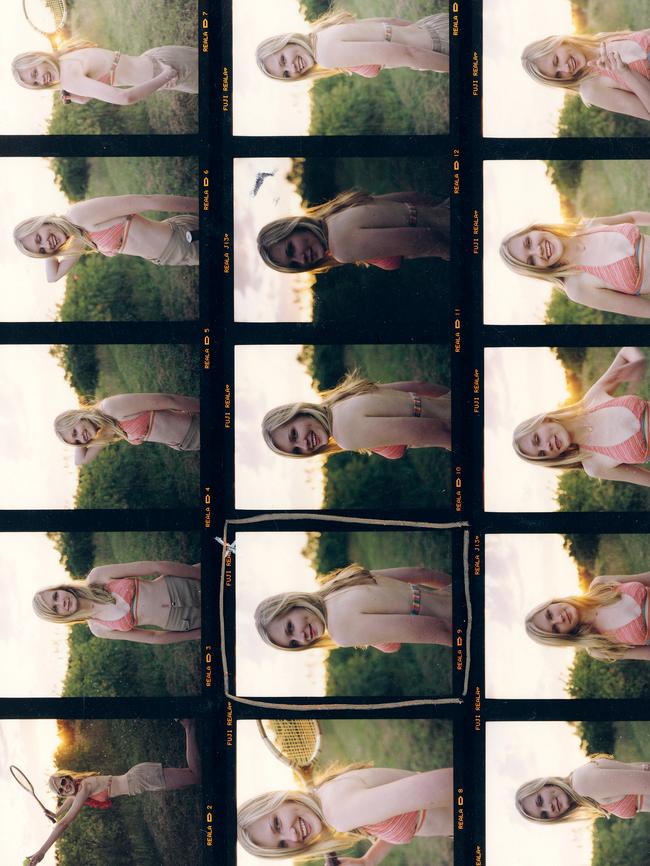
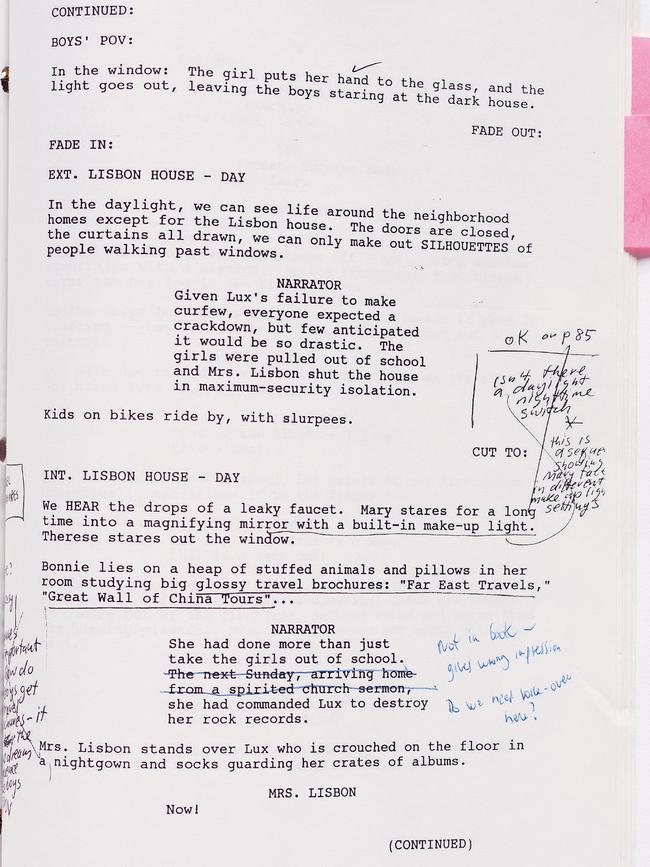
The book is a wonderfully pervy peek behind the curtain at both Coppola’s process and her ability to catalogue everything. (Just think of what her closet must look like!) After each film, Coppola collects photographs, notes, scripts, references and more into boxes, stashing them away like a time capsule to be opened only when the time is right. Maybe it was the pandemic, or perhaps it was returning to the director’s chair on Priscilla, but Coppola exhumed those boxes and rifled through them for Archive.
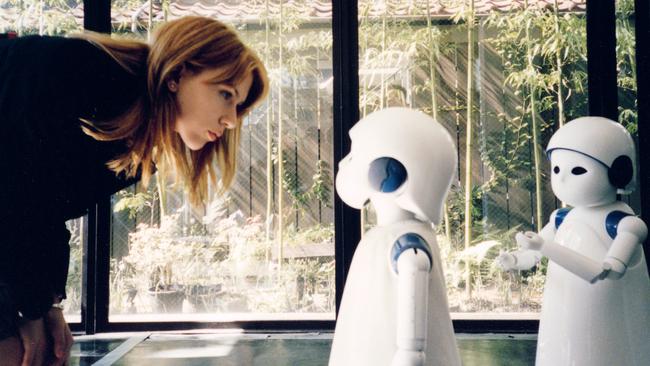
Structured chronologically, it shows the progression of Coppola as both artist and filmmaker and as a woman. At 29, making The Virgin Suicides with the clarity of youth. “I didn’t know I wanted to be a director until I read The Virgin Suicides and saw so clearly how it had to be done,” she notes. At 32, making Lost in Translation, the deeply personal tale of feeling isolated and adrift in a new marriage that would win Coppola an Oscar. Three years later, cashing in all her Hollywood credit to make Marie Antoinette purely because she identified so closely with the story of a woman asserting her own identity within the confines of a rigid system. (“Oh god! You did a self-portrait as Marie Antoinette,” a friend told her after seeing the movie.) Making that film, she fell in love with Thomas Mars, the lead singer of Phoenix whose songs appear on the soundtrack, and Coppola admits that on set she was often distracted because she was texting her future husband. They had a daughter, Romy, and her next film Somewhere, set in the Chateau Marmont and starring Elle Fanning, was about fame and parenthood through the lens of the daughter of a famous person who was, now, a famous parent herself. (What’s the whole point of doing a movie unless it’s something only you can make?)
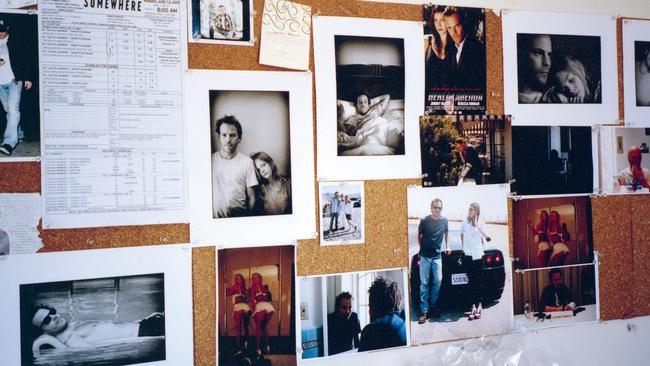
Five more films round off the book. 2013’s The Bling Ring, about the network of teenagers stealing Louis Vuitton Speedy bags from celebrities in the early 00s. Then 17’s Civil War remake The Beguiled, 20s On the Rocks – what Coppola calls her “romantic comedy” about a woman whose life is in disarray and her father who sweeps in to pick up the pieces – and this year’s Priscilla. For each movie, there are boxes of ephemera. Behind-the-scenes photos from The Virgin Suicides of star Kirsten Dunst by Corinne Day. An image of Coppola at work, captioned with this missive: “I remember making a point of wearing a dress, because that’s not what directors ever wore … I was determined to still be feminine while directing … And it was summer. And it was the 90s!” Annotated maps of Tokyo from Lost in Translation. So many pictures of Ladurée macarons on the set of Marie Antoinette. Guy Bourdin references. A Smythson notebook embossed with the title Somewhere. Photos of Coppola directing with her toddler daughter on her lap. A copy of the original Nancy Jo Sales Vanity Fair article that inspired The Bling Ring. Swatches of black lace from The Beguiled. That script annotated like a yearbook. (“Have a great summer!” scrawled Nicole Kidman.) Notes from her father about On the Rocks. A cache of images shot by Elordi from the set of Priscilla.

The book is like manna from (Marc Jacobs) heaven for Coppola fans. Her archive is a window into the director’s singular vision. It reveals a detail-oriented and stylish filmmaker whose references span everything from high fashion photography to Tokyo streetwear to New Romantics youth culture. And it documents the throughline of her career. “There is always a world and there is always a girl trying to navigate it,” notes Coppola. “That’s the story that will always intrigue me.”
Archive by Sofia Coppola (MACK, $110), on sale now
This article appears in the September issue of Vogue Australia, on sale now.


To join the conversation, please log in. Don't have an account? Register
Join the conversation, you are commenting as Logout